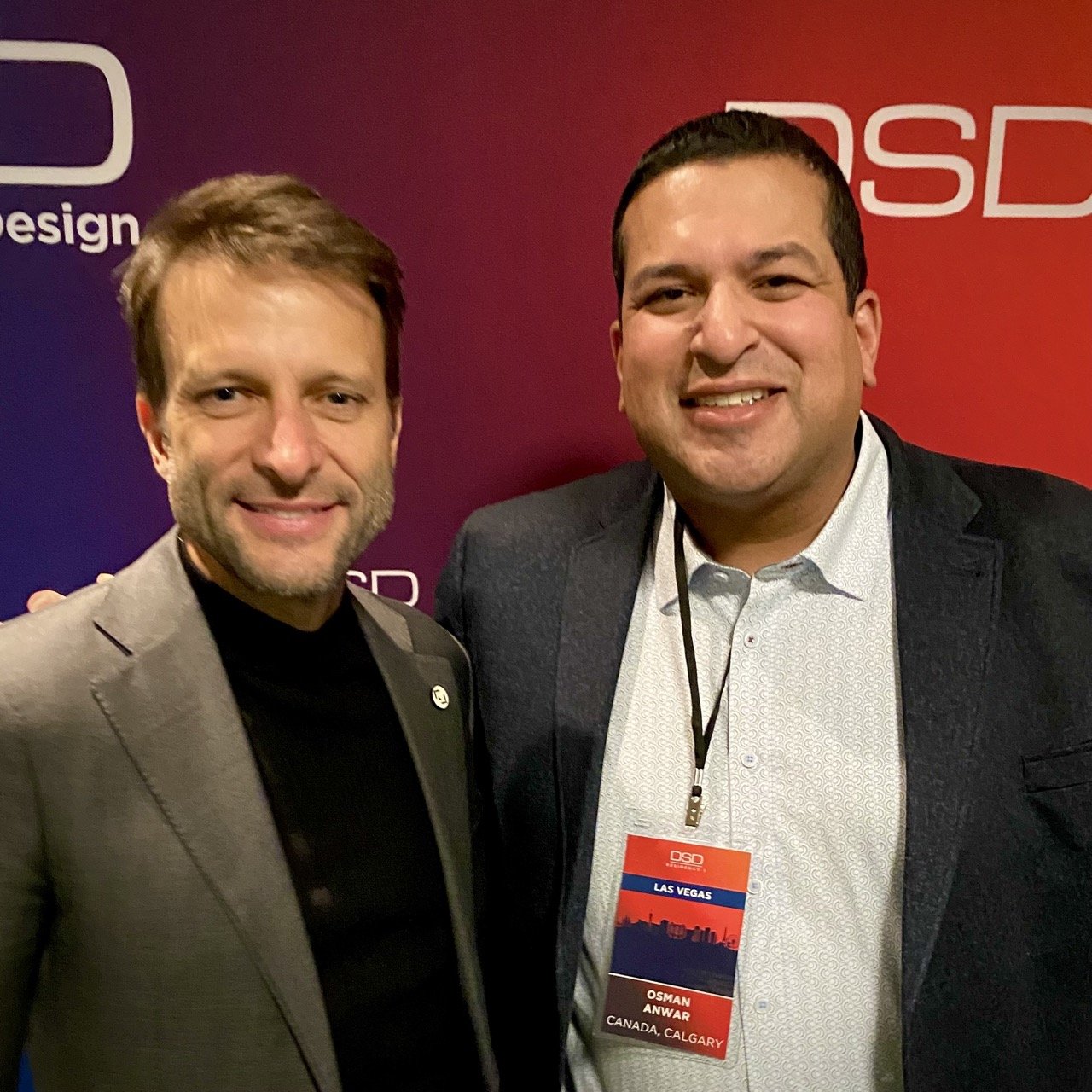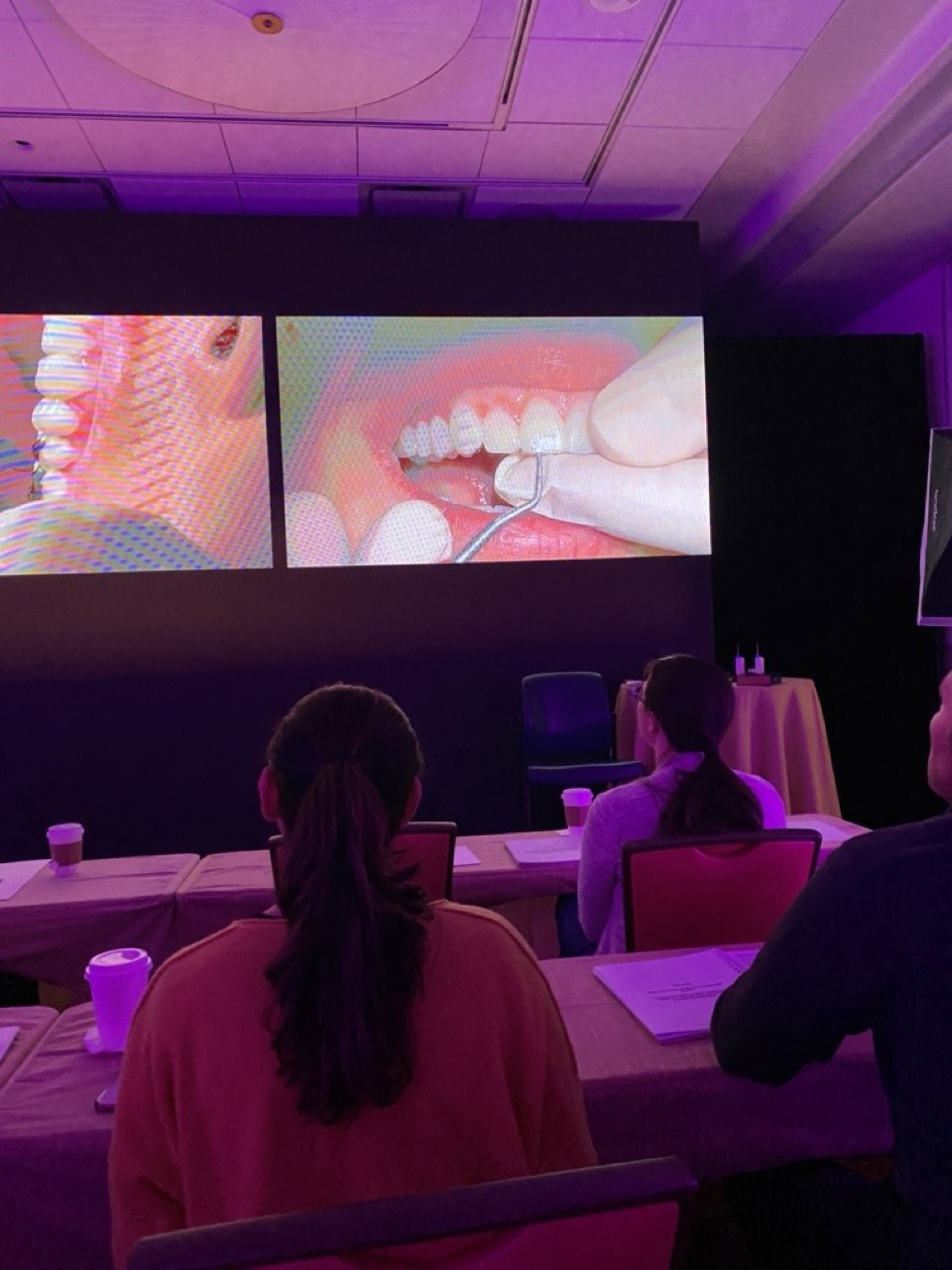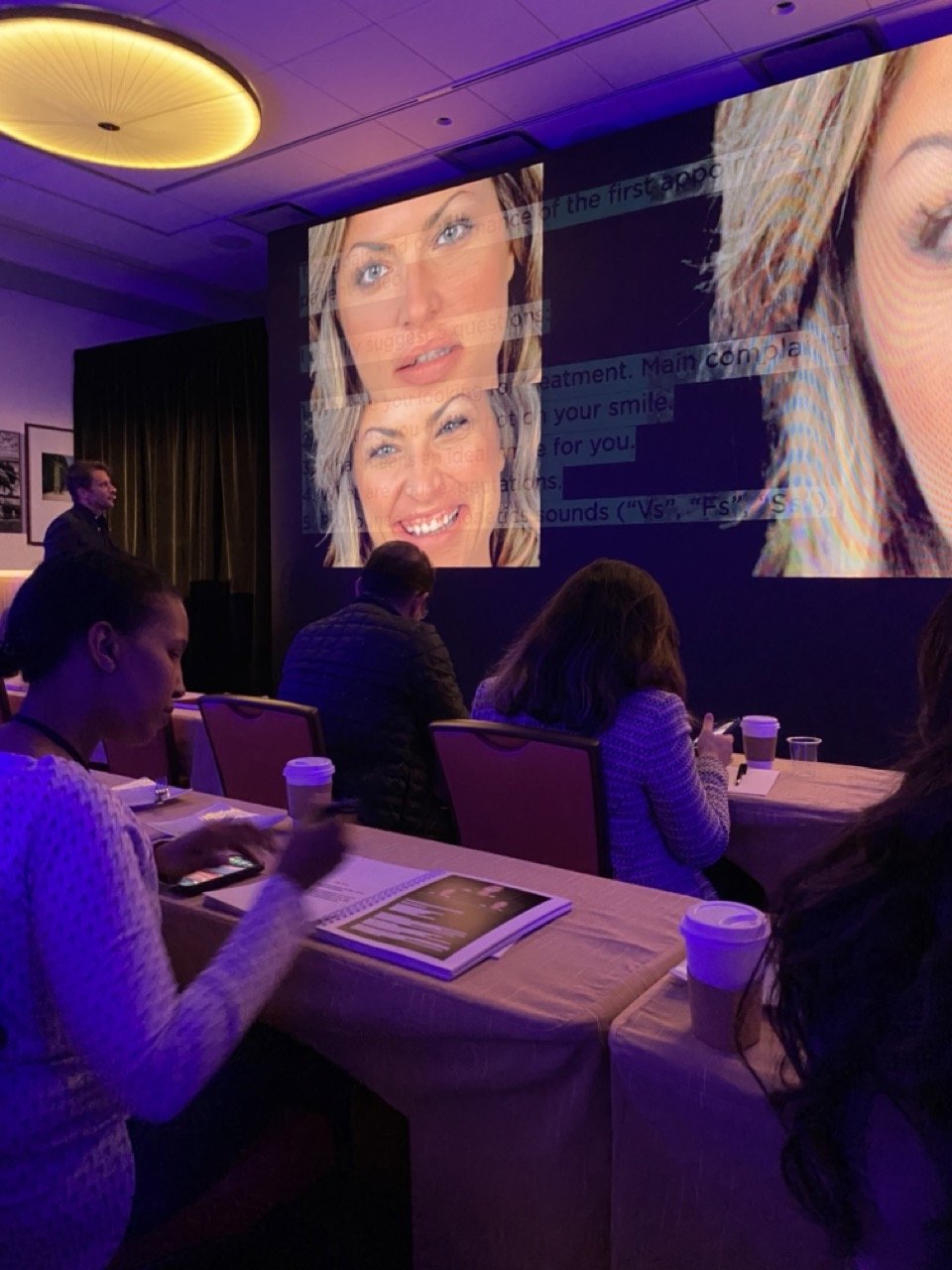DSD Residency 1
Location: (The Park MGM) Las Vegas, Nevada, USA
I think it is important to recognize what DSD actually is… Digital Smile Design (DSD) is a modern approach to cosmetic dentistry that utilizes digital technology to plan and design smiles for patients. Here are some of the most important points about Digital Smile Design:
1. Patient-Centered Approach - DSD places a strong emphasis on understanding the desires and expectations of the patient. It involves active patient participation in the smile design process, ensuring that the final result aligns with their preferences.
2. Digital Imaging - DSD employs advanced imaging technology, such as digital photography and video recording, to capture the patient's facial and dental features. These images serve as a baseline for analysis and provide a visual reference throughout the design process.
3. Smile Analysis - The captured images are analyzed by dental professionals using specialized DSD software. This analysis involves evaluating factors such as facial symmetry, tooth proportions, gingival display, and overall harmony between the smile and facial features.
4. Smile Design Mockup (also know as the Test Drive Smile) - Using the DSD software, a virtual mockup of the desired smile is created based on the analysis. This mockup allows the patient to visualize the potential outcomes and make informed decisions regarding the treatment plan.
5. Collaboration between Dentist and Dental Technician - DSD promotes effective communication and collaboration between the dentist and dental laboratory technician. The digital mockup serves as a blueprint for the dental technician to fabricate restorations that precisely match the desired smile design.
6. Improved Communication - DSD facilitates better communication between the dental team and the patient by providing a visual representation (the mock-up or test drive smile) of the treatment plan. It allows for more efficient discussions, ensuring that both parties have a shared understanding of the desired outcome.
7. Minimally Invasive Dentistry - DSD aims to achieve conservative and minimally invasive treatment approaches whenever possible. By planning the smile design digitally, dentists can optimize tooth preparations, minimize the removal of healthy tooth structure, and preserve as much natural tooth as possible.
8. Predictable Results - Through the use of digital technology and meticulous planning, DSD helps to improve the predictability of treatment outcomes. It reduces the likelihood of unexpected results and allows for adjustments to be made before any irreversible procedures are performed.
9. Emotional Impact - DSD recognizes that a smile is not merely a set of teeth but a vital component of an individual's appearance and self-esteem. By involving the patient in the design process and considering their emotional needs, DSD aims to create smiles that not only look aesthetically pleasing but also boost confidence and improve overall well-being.
10. Comprehensive Treatment Planning - DSD considers the broader aspects of oral health and esthetics. It allows for the integration of various dental treatments, such as orthodontics, restorations, periodontal procedures, and implant dentistry, to achieve the desired smile transformation.
DSD or Digital Smile Design is on the cutting edge of compressive treatment planning. There are two major components in the DSD training: Residency 1 and Residency 2.
In Residency 1, dentists are made aware of the value that multidisciplinary treatments that can be offered to patients. Understanding digital treatment planning concepts and developing a plan for a test drive smile are introduced. It is through this process of the first Residency program that clinicians come to the self realization that care must always must be looked at from a multidisciplinary perspective (many areas of dentistry for the lay person). This 3 day course also helped to guide expectations from your lab through the digital workflows.
Overall, Digital Smile Design combines technology, artistry, and patient involvement to create personalized smile designs that meet the patient's expectations while considering their overall oral health and emotional well-being. For myself, this reinforced the concept of not only treatment but prevention as well. There is no point to providing treatment of a disease (such as bruxism, gum disease or dental decay) and not making an effort to prevent it in the future. In some ways, the prevailing disease, if not controlled, is simply a preview of what is to come for a patient. For example, if you treat decay with a filling and don’t give advice for prevention, the patient will have more decay on other teeth in the mouth and eventually on the same filling that was placed.
Digital Smile Design Residency 1 Class Attendees
Distractions: Lemongrass (Thai Restaurant) at ARIA Casino and Resort;





